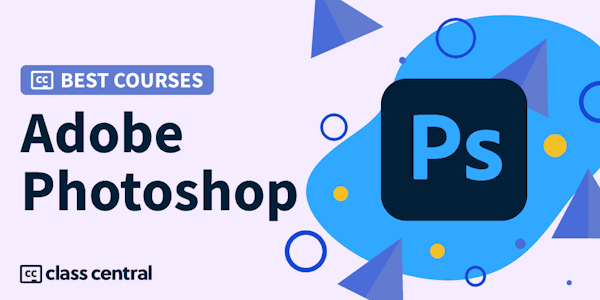Learn how to use video, motion graphics, and 360-degree imagery to create eye-catching content for the web and social media—from animated GIFs to whiteboard videos.
Overview
Syllabus
Getting Started
- Welcome and what you should know before starting this course
- Suggested equipment and gear
- Exercise files
- The benefits of dynamic media
- The impact of mobile devices
- Sizing photos for a web slideshow
- Adding music and narration to a web slideshow
- Adding animation and zooms
- Adding transitions
- Exporting the final video from Photoshop
- Setting up the Premiere Pro project and importing media
- Adding music to the sequence
- Editing the video into the timeline
- Adding transitions
- Color correcting and making the video loop
- Exporting final video from Premiere Pro and posting online
- Shooting a 360˚ photo with your smartphone
- Shooting a 360˚ photo with a VR camera
- Shooting a 360˚ pano with a DSLR or mirrorless camera
- Using Photoshop to assemble 360˚ photos
- Optimizing 360˚ images with Photoshop
- Processing a 360 photo
- Saving 360˚ photos for social media
- What is stop motion animation?
- Setting up to record the animation
- Practical advice on animation
- Cleaning up your images with Adobe Bridge and Photoshop
- Color correcting your images in Adobe Camera Raw
- Renaming your images in Adobe Bridge
- Assembling the stop motion sequence with After Effects
- Adding music and sound effects
- Adding animated text
- Exporting final video from After Effects to social media
- What is a cinemagraph?
- Lighting and shooting strategies for cinemagraphs
- Assembling the cinemagraph project in Adobe Premiere Pro
- Masking and freezing action
- Enhancing the cinemagraphs color and tone
- Adding text to a cinemagraph
- Exporting the final video from Adobe Premiere Pro
- How to convert a video to a GIF
- What is a Plotagraph?
- Adding animation and anchor points
- Adding overlay effects
- Exporting the final project
- The purpose of an app demo
- Lighting strategies for an app demo
- Recording a screen with software and with a camera
- The purpose of a whiteboard video
- Lighting strategies for a whiteboard video
- Shooting strategies for a whiteboard video
- Setting up the whiteboard project in Adobe Premiere Pro
- Creating a basic edit in Premiere Pro for a whiteboard video
- Color correcting
- Adding a music track and applying advanced time remapping
- Enhancing the white board video for color and tone
- What is a 360˚ loop
- Lighting strategies for 360˚ loops
- Shooting strategies for 360˚ loops
- Assembling the 360˚ loop project in Adobe Premiere Pro
- Enhancing the 360˚ loop for color and tone
- Exporting in Adobe Premiere Pro and sharing
- Alternative looping
- Creating a Spark post
- Animating your Spark post
- Create a Spark video
- Making a tiny planet video
- Making a bullet time video
- Floating camera effects with an invisible selfie stick
- Recording video with the TikTok app
- Tightening up the video in the TikTok app
- Adding music and effects with the TikTok app
- Saving and posting the video
- The boomerang effect
- The basic slow-motion effect
- An advanced slow-motion effect with higher frame rates
- Stabilizing your shaky video
- Setting a video aspect ratio
- Editing a video to deliver a story
- Adding graphics to a video
- Keeping an archival copy
- Next steps
Taught by
Richard Harrington



